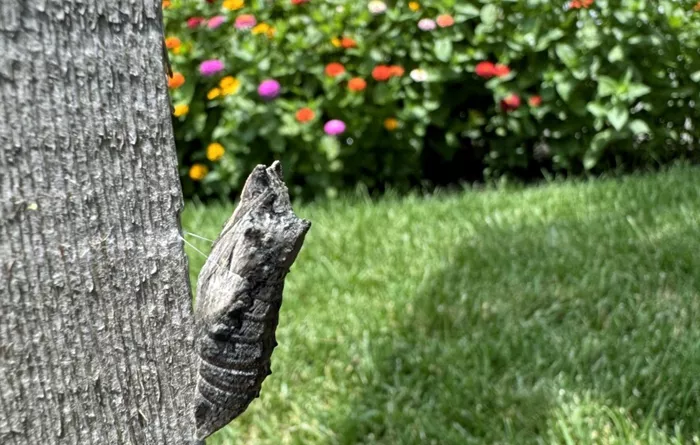Paula Diaz, a Kansas City master gardener, shows how planting native flowers and shrubs can transform yards into wildlife havens. After switching from traditional lawns to native plants, Diaz’s garden became a resting spot for about 100 monarch butterflies one summer morning-a magical moment she shared with her granddaughter.
1. Planning Your Native Plant Garden
Assess Your Site Conditions: Check sunlight exposure (full sun, part shade, shade), soil type (clay, sandy, loamy), moisture levels (dry, moist, wet), and drainage. Understanding these helps select plants that will thrive naturally.
Set Goals and Style: Decide if you want a wild, natural look or a more formal garden. Consider creating focal points like specimen trees, birdbaths, or sculptural grasses to add visual interest.
Design Layout Tips: Use borders and paths to define spaces. Group plants with similar needs together. Plan for layered planting-tall trees, mid-height shrubs, and low groundcovers-to mimic nature’s structure.
2. Creating “Soft Landing” Beds for Wildlife
Why Soft Landings Matter: Caterpillars of butterflies and moths drop from trees to pupate on the ground. Turf grass can harm them, so plant beds with native perennials like columbines, phlox, and sedges around tree bases to provide safe spots.
Benefits for Pollinators: These beds also support bees, beetles, and fireflies by offering food and shelter.
3. Choosing the Right Native Plants
Match Plants to Your Conditions: Use resources like GrowNative.org or local native plant societies to find species suited to your region’s soil and climate.
Plant for Year-Round Interest: Select species that bloom in different seasons to provide continuous nectar and habitat-from spring wildflowers to fall berries.
Popular Native Plants: Examples include purple coneflower, liatris, little bluestem grass, and toyon shrubs.
4. Designing Specific Garden Types
Sunny Pollinator Patch: Fill sunny areas with drought-tolerant native flowers like clarkia, phacelia, and hummingbird sage to attract butterflies and hummingbirds. Add a birdbath for water.
Rain Garden: Use moisture-loving natives like Douglas iris and yarrow in low spots to manage runoff and support wildlife.
Privacy Hedge: Replace fences with dense native shrubs such as toyon or deergrass for beauty and habitat.
Container Gardens: Use pots with natives like white sage or purple clarkia to bring native plants to patios or balconies.
5. Planting and Maintenance Tips
Start Small and Expand: Begin with a few larger plants and fill gaps with seeds or small plugs. Use fast-growing annuals like zinnias as placeholders to attract pollinators while natives establish.
Mass Planting: Group the same species together to create visual impact and support pollinator populations.
Succession Planting: Arrange plants so that as one species finishes blooming, another begins, ensuring constant color and food sources.
Soil Preparation: Remove turf, loosen soil, and amend with organic matter if needed to help native plants establish strong roots.
6. Where to Buy Native Plants and Seeds
Local Nurseries and Sales: Seek out native plant sales, pop-up markets, and specialized nurseries listed on sites like GrowNative.org or Deep Roots KC.
Seed Exchanges and Swaps: Join community groups or Facebook exchanges to trade native plant cuttings or seeds.
State Programs: Some state forestry or conservation departments sell native trees and shrubs for larger projects.
7. Supporting Wildlife with Your Garden
Provide Food and Shelter: Include nectar-rich flowers, berry-producing shrubs, and native grasses for birds, butterflies, and pollinators.
Add Water Features: Even a simple birdbath attracts wildlife and creates a lively garden environment.
Avoid Chemicals: Minimize pesticides to protect pollinators and beneficial insects.


